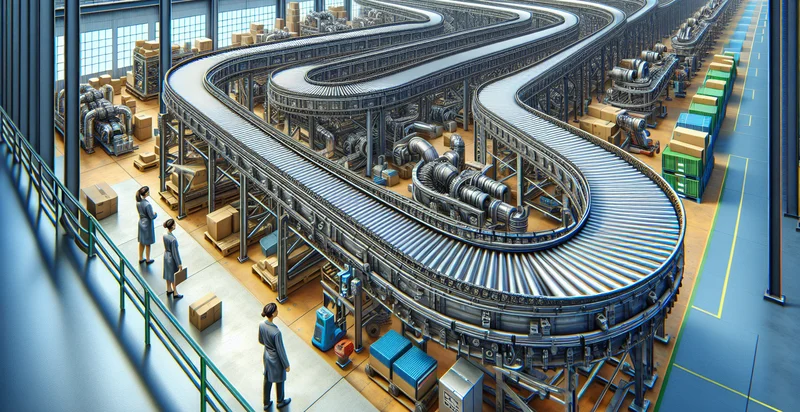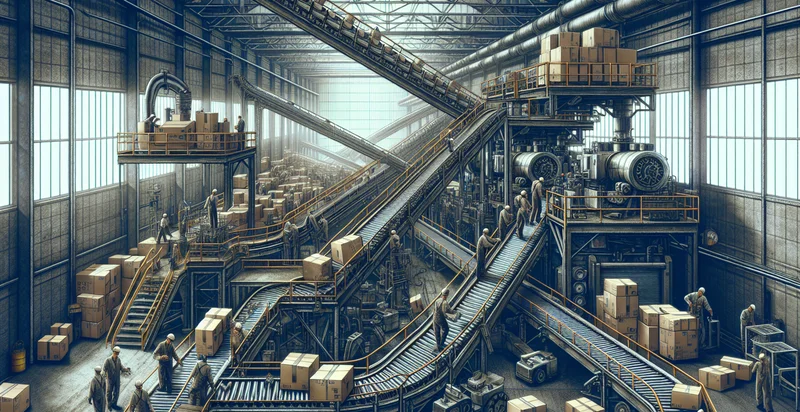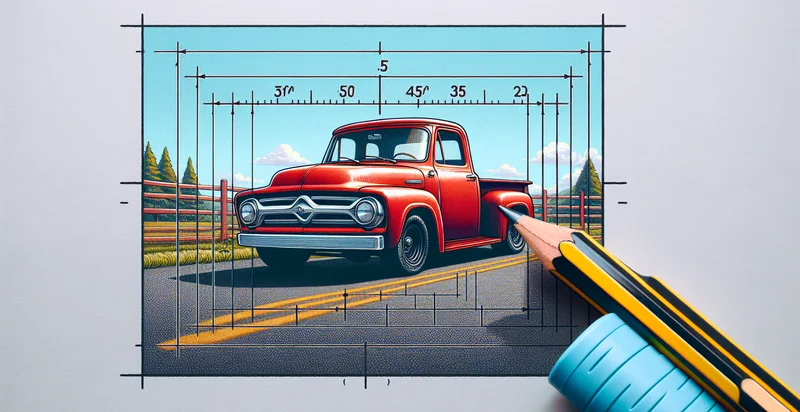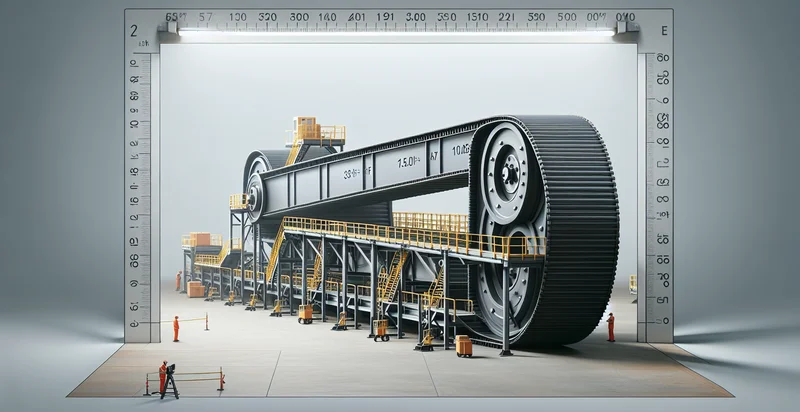Identify length of conveyor in feet
using AI
Below is a free classifier to identify length of conveyor in feet. Just upload your image, and our AI will predict the length of the conveyor in feet. - in just seconds.

Contact us for API access
Or, use Nyckel to build highly-accurate custom classifiers in just minutes. No PhD required.
Get started
import nyckel
credentials = nyckel.Credentials("YOUR_CLIENT_ID", "YOUR_CLIENT_SECRET")
nyckel.invoke("length-of-conveyor-in-feet", "your_image_url", credentials)
fetch('https://www.nyckel.com/v1/functions/length-of-conveyor-in-feet/invoke', {
method: 'POST',
headers: {
'Authorization': 'Bearer ' + 'YOUR_BEARER_TOKEN',
'Content-Type': 'application/json',
},
body: JSON.stringify(
{"data": "your_image_url"}
)
})
.then(response => response.json())
.then(data => console.log(data));
curl -X POST \
-H "Content-Type: application/json" \
-H "Authorization: Bearer YOUR_BEARER_TOKEN" \
-d '{"data": "your_image_url"}' \
https://www.nyckel.com/v1/functions/length-of-conveyor-in-feet/invoke
How this classifier works
To start, upload your image. Our AI tool will then predict the length of the conveyor in feet..
This pretrained image model uses a Nyckel-created dataset and has 27 labels, including 1 Foot, 10 Feet, 100+ Feet, 11 Feet, 12 Feet, 13 Feet, 14 Feet, 15 Feet, 16 Feet and 17 Feet.
We'll also show a confidence score (the higher the number, the more confident the AI model is around the length of the conveyor in feet.).
Whether you're just curious or building length of conveyor in feet detection into your application, we hope our classifier proves helpful.
Related Classifiers
Need to identify length of conveyor in feet at scale?
Get API or Zapier access to this classifier for free. It's perfect for:
- Conveyor System Optimization: This use case involves leveraging the false image classification function to assess the length of conveyor belts in manufacturing facilities. By accurately identifying lengths, companies can optimize material flow and reduce waste, resulting in increased efficiency and lower operational costs.
- Inventory Management: Manufacturers can utilize the false image classification function to monitor the length of conveyor sections during inventory audits. Accurate measurement ensures proper stock levels and allows for timely reordering of conveyor components, leading to smoother operations.
- Maintenance Scheduling: In this scenario, the function can help identify conveyors that are excessively long and may need special attention during maintenance. By analyzing the lengths of conveyance infrastructure, maintenance teams can prioritize checks on longer belts that may require more frequent servicing.
- Safety Compliance: This use case focuses on using the classification function to validate the setup of conveyor systems according to safety regulations. Identifying the length of conveyor systems can help ensure they comply with industry standards, contributing to a safer work environment.
- Energy Efficiency Analysis: Companies can apply the false image classification function to evaluate the lengths of conveyor systems in relation to their energy consumption. By identifying longer systems that may consume more energy, organizations can explore optimization strategies to enhance energy efficiency.
- Design Prototyping: During the design phase of new conveyor systems, the function can provide insights into the lengths of various designs proposed. Having accurate length classifications helps engineers refine their designs for better performance while considering spatial limitations and material flow.
- Reporting and Compliance Audits: Companies can integrate the length identification function into their reporting systems to maintain records for compliance audits. By accurately documenting conveyor lengths, organizations can simplify audit processes and ensure they meet regulatory requirements more efficiently.


